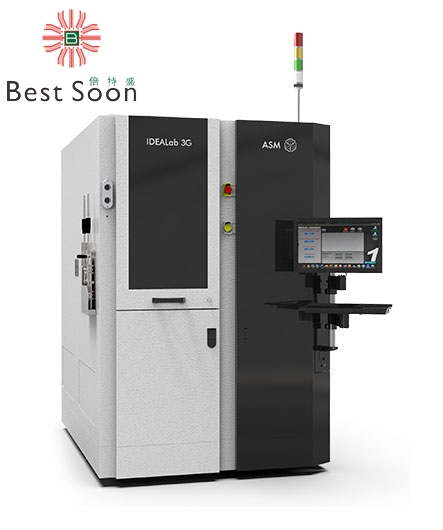What are the key indicators of ASM die bonder that need to be paid attention to?
The main job of the die bonder is to transfer and attach the wafer on the blue film to the substrate coated with solder paste. First of all, the solder paste is easily denatured, and the die bonder needs to complete the transfer and bonding in a fixed time. Secondly, the position of the wafer should be accurate, and each wafer should be successfully bonded. Therefore, the parameters that the die bonder should pay attention to are the bonding speed. , Accuracy and yield. In addition, there are the size specifications of the substrate, which are designed to the range of solid crystal. The die bonder of Zhuoxing Semiconductor that has done well in these four aspects, you can take a look. They invented the double-head single-board die bonder mode, which is twice as fast as the ordinary die bonder, and they have a 3C bonder. The crystal method has more advantages in die bonding accuracy, yield and range. Phone code word, hope it can help you.
How to choose a die bonder?
Whether the die bonding machine is good or not can be judged from four aspects: die bonding accuracy, speed, yield and die bonding range. These are the 4 most important indicators of die bonding. Judging from the LED die bonding machines I have contacted, Zhuoxing Semiconductor's is not bad. They can achieve die bonding accuracy <+/-, and the fastest speed can achieve /H ( Pixel die bonding machine), Zhuoxing's high-precision die bonding machine can do it in the range of die bonding, and the core die bonding yield rate can reach the current industry high level of 99.%. It belongs to the excellent representative of the domestic die-bonding machine. There is a lot of relevant information below.
The traditional LED display market is a red ocean, but with the continuous improvement of human demand for visual experience and the continuous development of technology, Mini LED came into being, LED leaders have stepped out of their original business fields, and the upstream and downstream of the industry chain have made bets. Apple is expected to launch MiniLED tablets and laptops at the beginning of the year; Samsung has successively launched the MicroLED (MiniLED) TheWall series; Epistar and Leyard invested in Lijing Microelectronics, formed an alliance with Lextar, and invested heavily in R&D and production of MiniLEDs. More than that, according to experts from the news center, in the first half of the year, manufacturers in the upper, middle and lower reaches of the industrial chain on both sides of the strait have invested in MiniLED.
